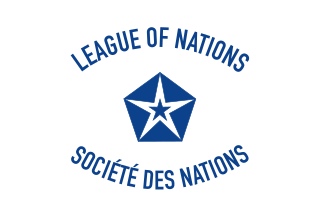 W
WThe League of Nations, abbreviated as LON, was the first worldwide intergovernmental organisation whose principal mission was to maintain world peace. It was founded on 10 January 1920 following the Paris Peace Conference that ended the First World War, and ceased operations on 20 April 1946.
 W
WThe Åland Islands dispute was one of the first issues put up for arbitration by the League of Nations on its formation. The Åland Islands' population's demand for self-determination was not met and sovereignty over the islands was retained by Finland, but international guarantees were given to allow the population to pursue its own culture, relieving the threat of forced assimilation by Finnish culture as perceived by the islanders.
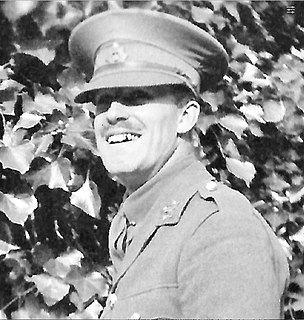 W
WAlan Gordon-Finlay (1890–1959) was a British engineer and inventor of Scottish descent born in Australia. He is best known for having co-created the Filene-Finlay simultaneous interpretation system at the League of Nations in Geneva after the First World War, the first of its kind and the fore-runner to modern interpretation systems in use throughout the world today. A patent was purchased by IBM in 1930, taking it to global production.
 W
WThe grounds of the Palais des Nations contain many fine objects donated by member states of the United Nations, private sponsors and artists. The Celestial Sphere in the Ariana Park of the Palais des Nations is the best-known of these. The huge - over four meter diameter - Celestial Sphere is the chef d'oeuvre of the American sculptor Paul Manship (1885–1966). It was donated in 1939 by the Woodrow Wilson Foundation to what was then the League of Nations building. Known also as the Woodrow Wilson Memorial Sphere of the Palais des Nations it is today a symbol of Geneva International and of Geneva as the centre of dialogue and peace.
 W
WThe Conference of Ambassadors of the Principal Allied and Associated Powers was an inter-allied organization of the Entente in the period following the end of World War I. Formed in Paris in January 1920 it became a successor of the Supreme War Council and was later on de facto incorporated into the League of Nations as one of its governing bodies. It became less active after the Locarno Treaties of 1925 and formally ceased to exist in 1931 or 1935.
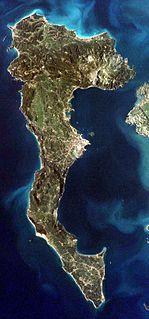 W
WThe Corfu incident was a 1923 diplomatic and military crisis between Greece and Italy. It was triggered when an Italian general heading a commission to resolve a border dispute between Albania and Greece was murdered in Greek territory along with members of his staff. In response, Benito Mussolini issued a severe ultimatum to Greece and, when it was not accepted in whole, dispatched forces to bombard and occupy Corfu. Mussolini defied the League of Nations and stated Italy would leave if it arbitrated in the crisis, and the Conference of Ambassadors instead eventually tendered an agreement favoring Italy. This was an early demonstration of the League's weakness when dealing with larger powers.
 W
WDame Rachel Eleanor Crowdy, DBE was an English nurse and social reformer. She was Principal Commandant of Voluntary Aid Detachments in France and Belgium from 1914 to 1919 and Chief of the Department of Opium Traffic and Social Issues Section of the League of Nations from 1919 to 1931. She was also an active member of the British National Committee for the Suppression of the White Slave Trade.
 W
W"Appeal to the League of Nation Haile Selassie" is the name of a speech given by the Ethiopian Emperor Haile Selassie I on June 30, 1936 at the headquarters of the League of Nations in Geneva, Switzerland. The League allowed him to declare his case and his appearance before the assembled delegates was a moment in history that few who witnessed forgot. The speech concerned the fascist aggression during the second Italo-Ethiopian War in Ethiopia, where the emperor of Ethiopia mainly asked for the end of the war and for international treaties to be respected and for his extreme trust and conviction in the organization of the League of the nation, unity among peoples and nations and declare chemical aggression.
 W
WThe International Committee on Intellectual Cooperation was an advisory organization for the League of Nations which aimed to promote international exchange between scientists, researchers, teachers, artists and intellectuals. Established in 1922, it counted such figures as Henri Bergson, Albert Einstein, Sarvepalli Radhakrishnan, Nitobe Inazo, Marie Curie, Gonzague de Reynold and Robert A. Millikan among its members. The Committee was the predecessor to UNESCO, and all of its properties were transferred to that organisation in 1946.
 W
WThe International Federation of League of Nations Societies (IFLNS) gathered national associations promoting the ideals of the League of Nations. At its height, it claimed member-Associations in forty countries. It was founded in Geneva, Switzerland in 1919, and ceased operations in 1939.
 W
WThe International Law Commission (ILC) is a body of experts responsible for helping develop and codify international law. It is composed of 34 individuals recognized for their expertise and qualifications in international law, who are elected by the United Nations General Assembly (UNGA) every five years.
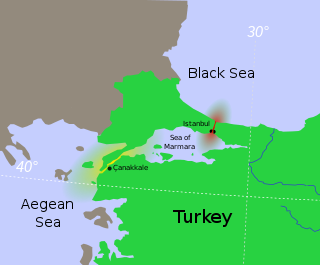 W
WThe International Straits Commission was an international agency that, under the auspices of the League of Nations, managed the Turkish Straits from 1923 to 1936.
 W
WThe League of Nations archives is a collection of the historical records and official documents of the League of Nations. The collection is housed at the United Nations Office at Geneva (UNOG), where it is managed by the Institutional Memory Section (IMS) of the UN Library & Archives Geneva. It consists of approximately 15 million pages of content and comprises nearly 3 linear kilometers. The League of Nations archives' historical significance is recognized by UNESCO, with its inscription on the Memory of the World Register in 2009.
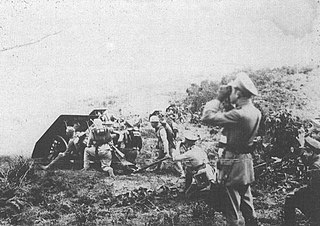 W
WThe Leticia Incident, also called the Leticia War or the Colombia–Peru War, was a short-lived armed conflict between Colombia and Peru over territory in the Amazon rainforest. In the end, they reached an agreement to divide the disputed area between them.
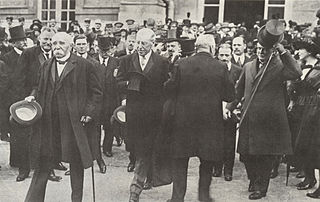 W
WLittle Treaty of Versailles or the Polish Minority Treaty was one of the bilateral Minority Treaties signed between minor powers and the League of Nations in the aftermath of the First World War. The Polish treaty was signed on 28 June 1919, the same day as the main Treaty of Versailles was signed, which is the reason for one of its names. It was the first of the Minority Treaties and served as a template for the subsequent ones; together with Articles 87-93 of Treaty of Versailles, it also formally established Poland as a sovereign and independent state on the international arena.
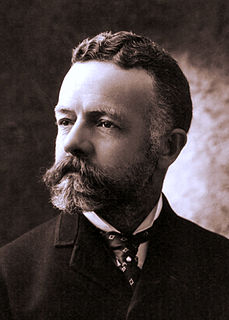 W
WThe Lodge Reservations, written by United States Senator Henry Cabot Lodge, the Republican Majority Leader and Chairman of the Committee on Foreign Relations, were fourteen reservations to the Treaty of Versailles and other proposed post-war agreements. The Treaty called for the creation of a League of Nations in which the promise of mutual security would hopefully prevent another major world war; the League charter, primarily written by President Woodrow Wilson, let the League set the terms for war and peace. If the League called for military action, all members would have to join in.
 W
WLytton Report are the findings of the Lytton Commission, entrusted in 1931 by the League of Nations in an attempt to evaluate the Mukden Incident, which led to the Empire of Japan's seizure of Manchuria.
 W
WThe Mukden Incident, or Manchurian Incident, was an event staged by Japanese military personnel as a pretext for the 1931 Japanese invasion of Manchuria.
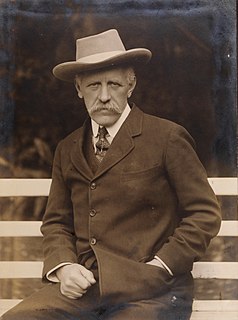 W
WThe Nansen International Office for Refugees was an organization established in 1930 by the League of Nations and named after Fridtjof Nansen, soon after his death, which was internationally in charge of refugees from war areas between 1930 and 1939. It is noted for developing the Nansen passport which allowed stateless people to travel between countries. It received the Nobel Peace Prize in 1938.
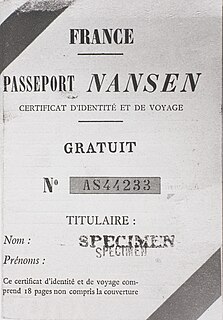 W
WNansen passports, originally and officially stateless persons passports, were internationally recognized refugee travel documents from 1922 to 1938, first issued by the League of Nations to stateless refugees. They quickly became known as "Nansen passports" for their promoter, the Norwegian statesman and polar explorer Fridtjof Nansen.
 W
WThe League of Nations was established with three main constitutional organs: the Assembly; the Council; the Permanent Secretariat. The two essential wings of the League were the Permanent Court of International Justice and the International Labour Organization.
 W
WThe Palace of Nations is the home of the United Nations Office at Geneva, located in Geneva, Switzerland. It was built between 1929 and 1938 to serve as the headquarters of the League of Nations. It has served as the home of the United Nations Office at Geneva since 1946 when the Secretary-General of the United Nations signed a Headquarters Agreement with the Swiss authorities, although Switzerland did not become a member of the United Nations until 2002.
 W
WThe Palais Wilson in Geneva, Switzerland, is the current headquarters of the Office of the United Nations High Commissioner for Human Rights. It was also the headquarters of the League of Nations from 1 November 1920 until that body moved its premises to the Palais des Nations on 17 February 1936, which was constructed between 1929 and 1938, also in Geneva. In 1924, the building was named after U.S. President Woodrow Wilson, who was instrumental to the foundation of the League of Nations. The treaty bodies also hold their sessions in the Palais Wilson. In 1932, a glass annex was built to host the 1932 Conference on Disarmament. The Secretariat of the International Bureau of Education occupied the building from 1937-1984. The annex was destroyed in a fire in 1987.
 W
WThe Incident at Petrich, or War of the Stray Dog, was a Greek–Bulgarian crisis in 1925, which resulted in a brief invasion of Bulgaria by Greece near the border town of Petrich after the killing of a Greek captain and a sentry by Bulgarian soldiers.
 W
WThe Phillimore Report was produced by the Phillimore Committee that enquired into proposals for a League of Nations. It was chaired by Lord Phillimore and included Albert Pollard, John Holland Rose, Julian Corbett, Eyre Crowe, William Tyrrell, and Cecil Hurst.
 W
WDespite the United States never becoming an official member of the League of Nations, American individuals and organizations interacted with the League throughout its existence.
 W
WThe Winter War was a war between the Soviet Union (USSR) and Finland. It began with a Soviet invasion of Finland on 30 November 1939, three months after the outbreak of World War II, and ended three and a half months later with the Moscow Peace Treaty on 13 March 1940. Despite superior military strength, especially in tanks and aircraft, the Soviet Union suffered severe losses and initially made little headway. The League of Nations deemed the attack illegal and expelled the Soviet Union from the organisation.
 W
WThe Women's Union for the League of Nations was a French women's organization which was founded in 1920 by the French Union for Women's Suffrage as a basis for ensuring representation of women's interests at the League of Nations. Key figures were Marie-Louise Puech, Marguerite de Witt-Schlumberger and Germaine Malaterre-Sellier.
 W
WThe Conference for the Reduction and Limitation of Armaments of 1932–1934 was a failed effort by member states of the League of Nations, together with the United States, to accomplish disarmament. It took place in the city of Geneva, Switzerland, from 1932 to 1934.
 W
WŻeligowski's Mutiny was a Polish false flag operation led by General Lucjan Żeligowski in October 1920, which resulted in the creation of the Republic of Central Lithuania. Polish Chief of State Józef Piłsudski surreptitiously ordered Żeligowski to carry out the operation, and revealed the truth several years later. The area was formally annexed by Poland in 1922 and internationally recognized as Polish territory in 1923. Nevertheless, Lithuania continued to claim the Vilnius region.